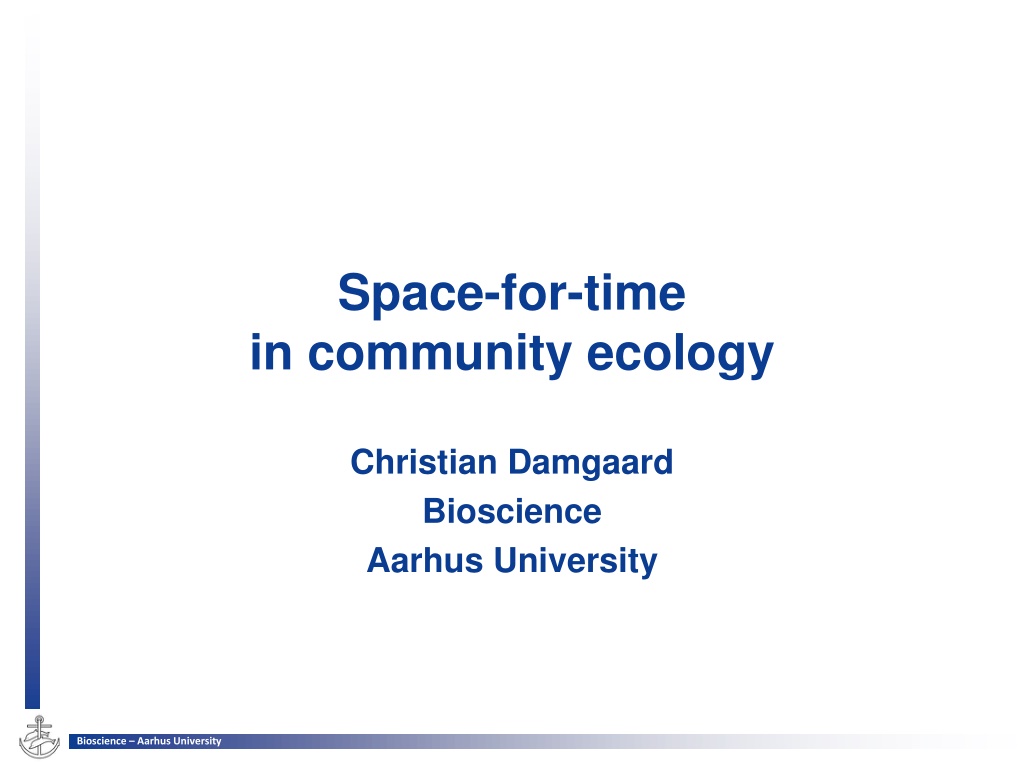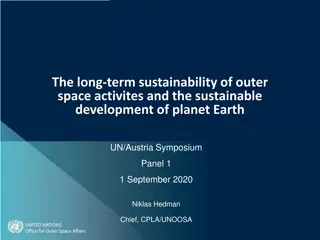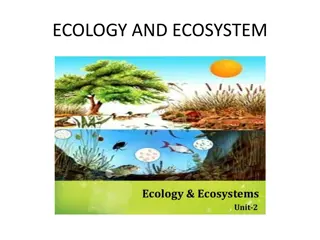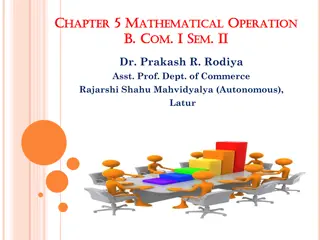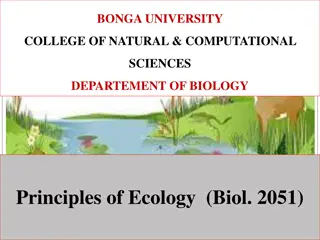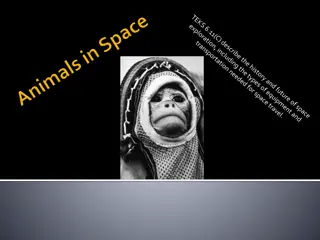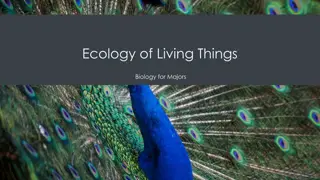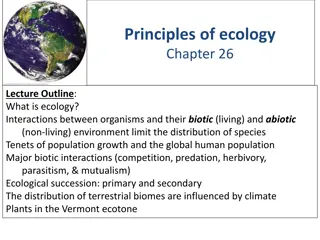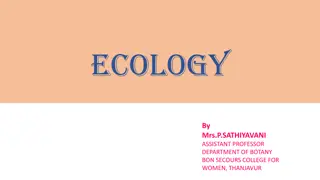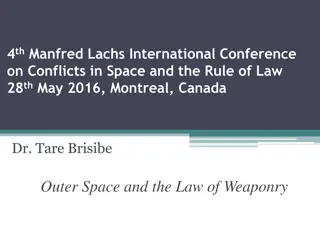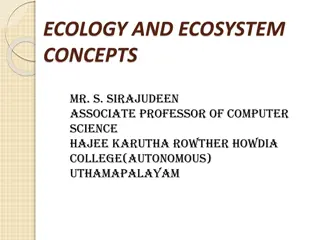Understanding Space-for-Time Substitution in Community Ecology
Space-for-time substitution (SFT) is a method used to study slow ecological processes by assuming different sites are at various stages of development. This approach, famous for its role in ecological development, has been critiqued for its implicit use in testing hypotheses on ecological processes using spatial data. Further exploration includes testing for interspecific interactions and the importance of ecological monitoring in inferring causes of ecosystem changes.
- Community ecology
- Space-for-time substitution
- Ecological processes
- Interspecific interactions
- Ecological monitoring
Uploaded on Oct 11, 2024 | 0 Views
Download Presentation

Please find below an Image/Link to download the presentation.
The content on the website is provided AS IS for your information and personal use only. It may not be sold, licensed, or shared on other websites without obtaining consent from the author. Download presentation by click this link. If you encounter any issues during the download, it is possible that the publisher has removed the file from their server.
E N D
Presentation Transcript
Space-for-time in community ecology Christian Damgaard Bioscience Aarhus University Bioscience Aarhus University
Space-for-time substitution (SFT) Space-for-time substitution is a method for studying relatively slow ecological processes Different sites are assumed to be at different stages of development Independent determination of a chrono-sequence Bioscience Aarhus University
Space-for-time - famous examples SFT has played a large role in the development of ecology as a scientific discipline Darwin - atolls, fringing reefs and barrier reefs (1842) Warming succession in plant communities (1985) Cowles - development on sand dunes (1899) Tansley - from open water to bog forest (1949) The chrono-sequences reported by both Cowles and Tansley have later been criticized Bioscience Aarhus University
SFT and ecological processes SFT is often used implicitly for testing hypotheses on ecological processes in static spatial data Spatial regression models Since ecological processes occur in time this practice is problematic, especially in non-stationary environments More processes may lead to the same spatial pattern Report observed spatial pattern and only discuss processes Bioscience Aarhus University
Testing for interspecific interactions Literature search 44 ecological studies of interspecific interaction 33 analyzed manipulated experiments 11 based conclusion on spatial analysis of static data 0 analysis of time-series from natural ecosystems Bioscience Aarhus University
Ecological monitoring Ecological monitoring aims at inferring causes of ecosystem changes, by measuring ecosystem state variables in space and time (LTER) Developments in sampling methods are needed for efficient measurement of state variables Developments in statistics and ecological models are needed for accurate estimation of state variables and processes Bioscience Aarhus University
Next generation monitoring Measuring competitive interactions along gradients Lill dry heathland Grazing and nitrogen Kal grassland Glyphosate and nitrogen Bioscience Aarhus University
